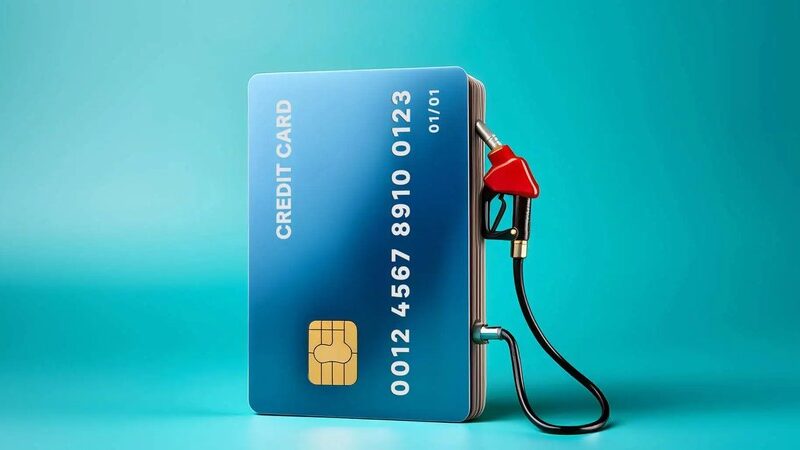New Hires: Forms to be Filled on the First Day

Are you getting ready to start a new job? If you are, you’re probably feeling really excited about it.
A new job can provide you with a wealth of new career opportunities. It can also put you in a position to earn better pay.
But outside of feeling excited, many new hires also experience what is commonly called new job anxiety when they begin working for a new company. They wonder whether or not they’ll prove to be a good fit for a position. They’ll also doubt their skills and sometimes psych themselves out of doing a good job as a result.
You can avoid new job anxiety to some degree by preparing for your first day at a company accordingly. You should be able to do this by readying yourself to fill out lots and lots (and lots!) of forms.
Check out some of the forms that new hires will be expected to fill out when they take on new corporate office jobs below.
Job Application Form
Technically, you should already have this form on file when you accept a new position at a company. But since the hiring process has changed at many companies, you might have to fill out an official job application form on your first day if you haven’t already prior to your employment.
It’ll be very important for you to be as truthful as possible when you’re filling out a job application form for a company. If you’re dishonest about any of your work history, it could come back to bite you later.
Make sure your new employer knows:
- Where you attended school and when you graduated
- Which type of degree you earned in school
- Which job titles you have held in the past
- Who could serve as references for your past job performances
It’s easy to feel like you’re just going through the motions when filling out a job application form. But it’s imperative that you provide a new company with accurate information about both you and your past work experiences.
New Employee Form
In addition to filling out a job application form, you’ll also usually be asked to fill out a new employee form by a company. This form will ask you to provide a company with up-to-date information on yourself.
Some of the info that your new employer will need will include:
- Your full name
- Your current address
- Your contact info (phone number, cell phone number, email address, etc.)
This is another form that should be very easy to fill out for new hires. You should be able to work your way through it within just a few minutes. Just be sure that all the info you give to your new employer is as accurate as it can be.
Emergency Contact Form
In a perfect world, you wouldn’t need to worry about anything happening to you at work. But there is always a chance that you might sustain an injury or get sick while you’re on the job.
In the event that one of these things happens, your employer might need to reach out to a family member or friend so that they can come and give you the care that you need. It’s why you’ll often be asked to fill out a basic emergency contact form for a new employer.
You should think long and hard about who your emergency contact should be. You should also reach out to the person that you would like to serve as your emergency contact to ask them if it would be OK for you to write their name down.
The last thing you want to do is choose an emergency contact who isn’t going to be ready to rise up to the challenge if you get injured or sick at work. You want someone that you know you can trust to serve as your emergency contact for you.
Form I-9
In order for a company to legally hire you, they need to make sure you’re eligible to work in the U.S. at this time. They could end up getting themselves into big trouble if they willingly hire someone who doesn’t have the necessary eligibility to work in this country.
As part of the identity verification process, a company is going to have new hires fill out a Form I-9. It’s important for a company to ask new hires to fill out this form ASAP and then keep it on file in the years to come.
For a long time, it was necessary for new hires to fill out a Form I-9 in person while meeting with an employer. But these days, it is possible for people to fill out the form remotely if they would like.
Go here for more information on how a Form I-9 can be filled out remotely.
Form W-4
From the moment that new hires start working for a company, that company is going to need to set aside a portion of people’s pay for tax purposes. So it’ll be important for them to fill out tax forms that will tell a company how much money to set aside for them.
Form W-4 is the most important tax form of all. It’s a federal tax withholding form that indicates how much money a new hire would like for their company to withhold from their paychecks for federal taxes.
You’re more than welcome to withhold as much money from your paychecks as you would like. But you should try to work it out so that you’re withholding enough money to cover your tax bill every April.
You should also stay on top of Form W-4 and make adjustments to it accordingly. If you ever experience a major life event—like the birth of a child or a divorce—you may want to adjust your Form W-4. It’ll alter how much money your employer withholds from you for tax purposes.
State Tax Form
There are a handful of states that don’t have income taxes. If you happen to live in one of them, you won’t have to worry about filling out a state tax form through your employer.
But if you will be required to pay state income taxes each year, you will likely have to fill out state tax forms. Just like with federal tax forms, these forms will indicate how much money you would like to be withheld from your paychecks for tax purposes.
You might also need to fill out separate forms for your specific state employment agency. Your employer will be able to guide you in the right direction when it comes to filling out these forms.
Employee Handbook Form
Most employers have employee handbooks that they’ll hand out to new hires. These handbooks will feature all the different rules and regulations that new hires will have to follow while working for employers.
You’ll need to go through the employee handbook that your new employer gives to you to make sure you understand everything in it. You’ll also need to fill out an employee handbook form in many instances to prove that you’ve read the handbook and digested the information in it.
A lot of people make the mistake of simply skimming through their employee handbook without paying too much attention to all of the info in it. You should resist the urge to do this and set aside some time to go through your employee handbook with a fine-toothed comb.
You should also ask your supervisor any questions you might have about what’s in your employee handbook. You’ll want to do all of this before signing an employee handbook form and turning it in.
Non-Disclosure Agreement Form
When you start working for a new employer, you’re going to become privy to information that you weren’t privy to before. This information might be very valuable to others out there who are competing with your company.
For this reason, most companies will have new hires fill out non-disclosure agreement forms. A non-disclosure agreement is an agreement that you will make with your employer that will require you to keep any confidential information in-house and/or to yourself.
There could be very serious consequences if you don’t stick to a non-disclosure agreement. In a best-case scenario, you could simply be fired for going against the agreement. But in a worst-case scenario, you could also get yourself into some legal trouble by breaking a non-disclosure agreement.
You need to take a non-disclosure agreement seriously and be sure that you know what you’re signing when you fill out the form for it. Don’t be afraid to ask any questions that you might have about an NDA to your supervisor.
Direct Deposit Form
As a new hire, you’re going to be excited to get to work at a new company so that you can conquer new challenges. But let’s be real: The real reason why you’re going to wake up early every morning to go to work is so that you can get paid.
If you would like your new company to cut a check for you every week or every other week depending on your pay schedule, you should be able to arrange for this to happen. But nowadays, most people would prefer to have their paychecks deposited directly into their bank accounts.
If this sounds like a good idea to you, you’ll need to provide your new employer with a direct deposit form. To fill out this form, you’ll need to know both your bank account number and the routing number for your specific bank.
It’s important for you to fill a direct deposit form out as quickly as you can. Otherwise, it could result in you not getting your first direct deposit payment on time.
Benefits Forms
Not all employers provide their new hires with benefits like health insurance and a retirement plan right away. But if your new employer does, there will be a series of benefits forms that will need to be filled out pronto.
Of all the different forms that new hires will need to fill out, these will typically take the most time. Some employers will let you take these forms home with you and bring them back later.
To work your way through benefits forms, you’ll need to know things like:
- How many people you would like to enroll in a health insurance plan
- Who you would like the beneficiary to be for a life insurance policy
- How much money you would like to set aside from every paycheck for your retirement plan
As you can see, these are some pretty big decisions for you to make on the fly! It’s why most employers will happily provide you with as much time as you need to get these forms squared away.
New Hires Will Need to Fill Out Each of These Important Forms
Many new hires struggle to make it through their first days at work. By the end of these days, their heads are spinning thanks to all the forms that get thrown at them.
You can steer clear of feeling overwhelmed at any point by preparing yourself for these forms in advance. You can also get a better grip on the situation by gathering all the information you’ll need to fill these forms out. It’ll help you keep your head above water when you’re drowning in paperwork.
Want to get more advice on starting a new job? Find it in some of our other blog articles.







